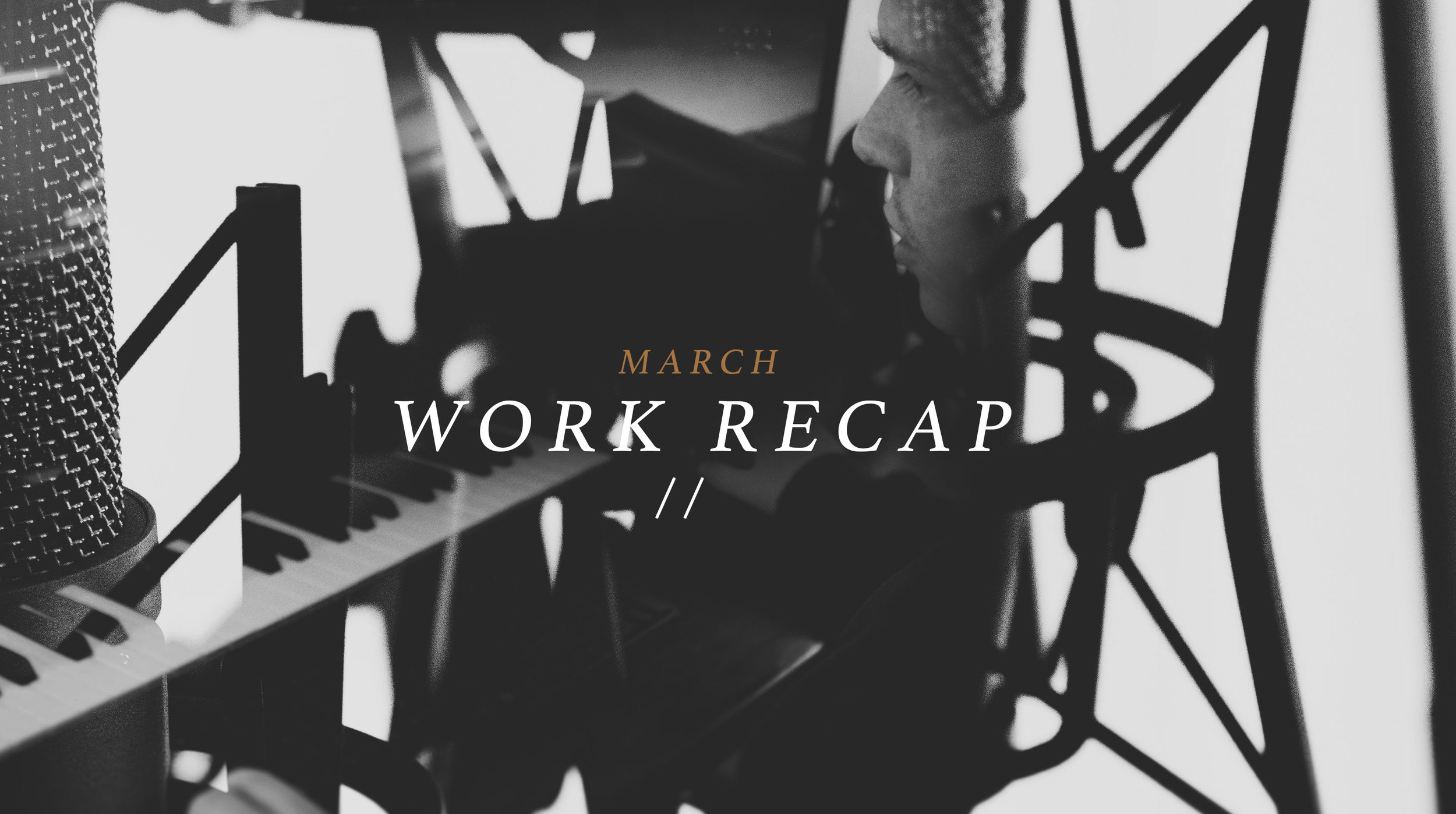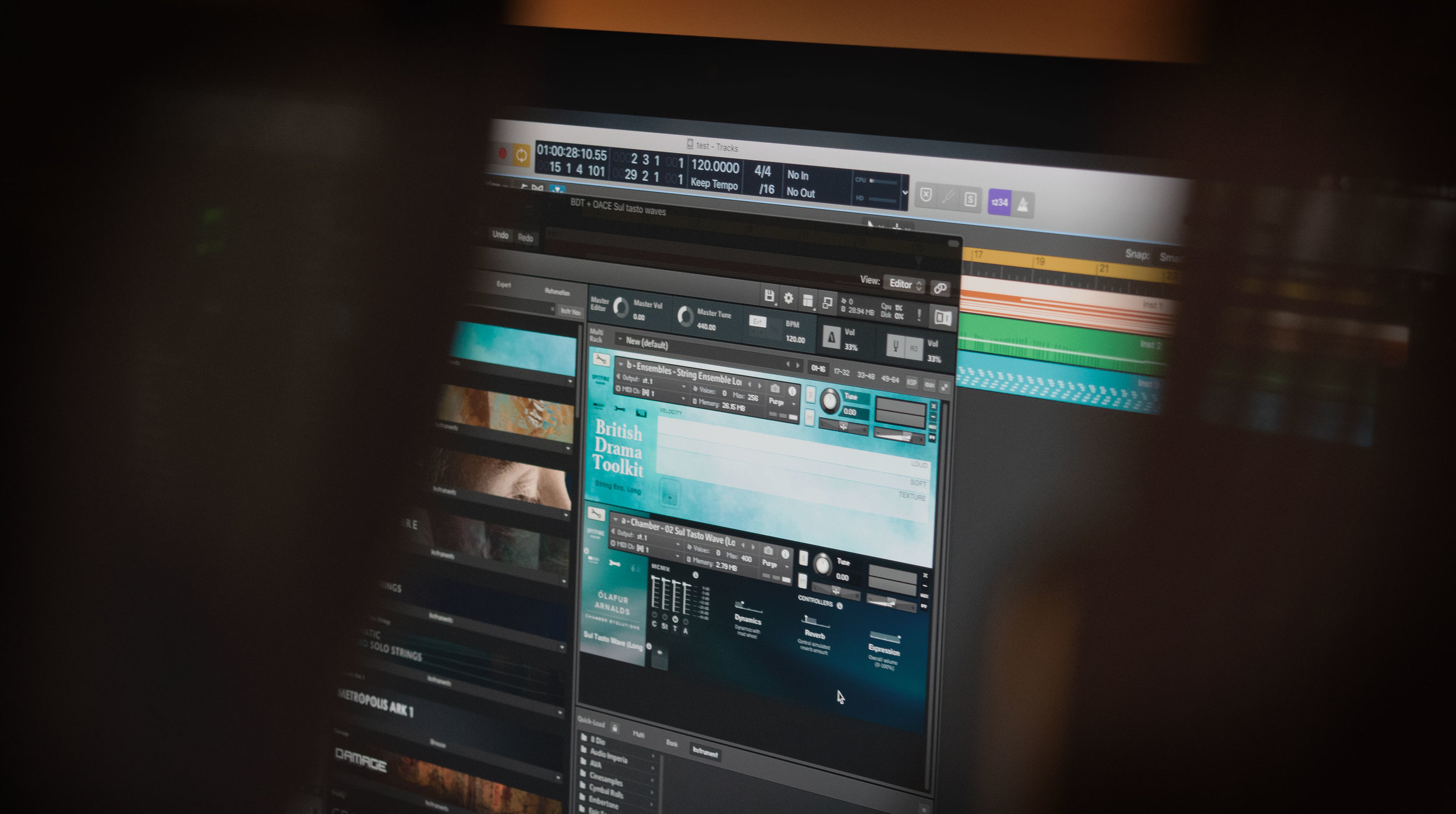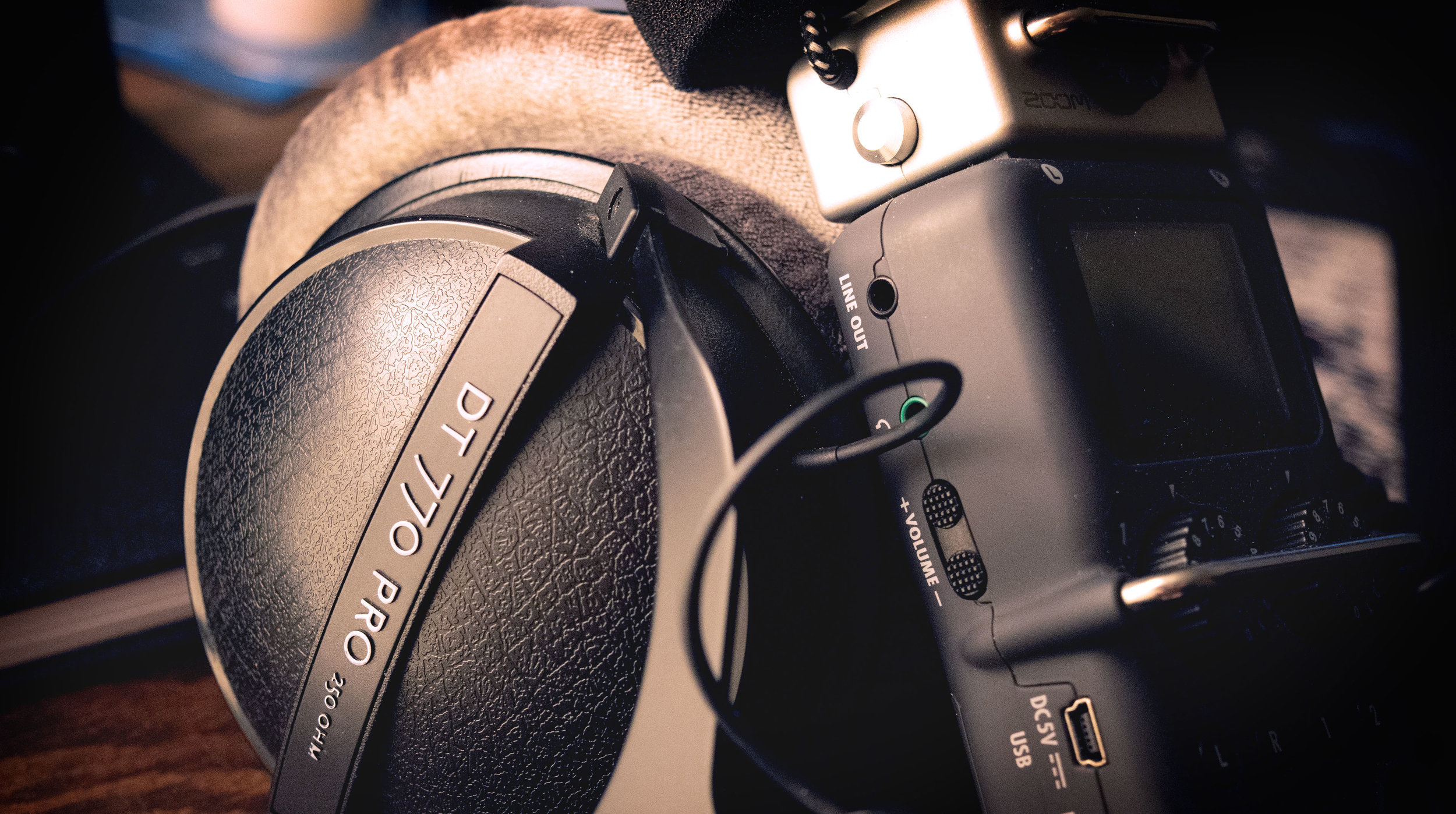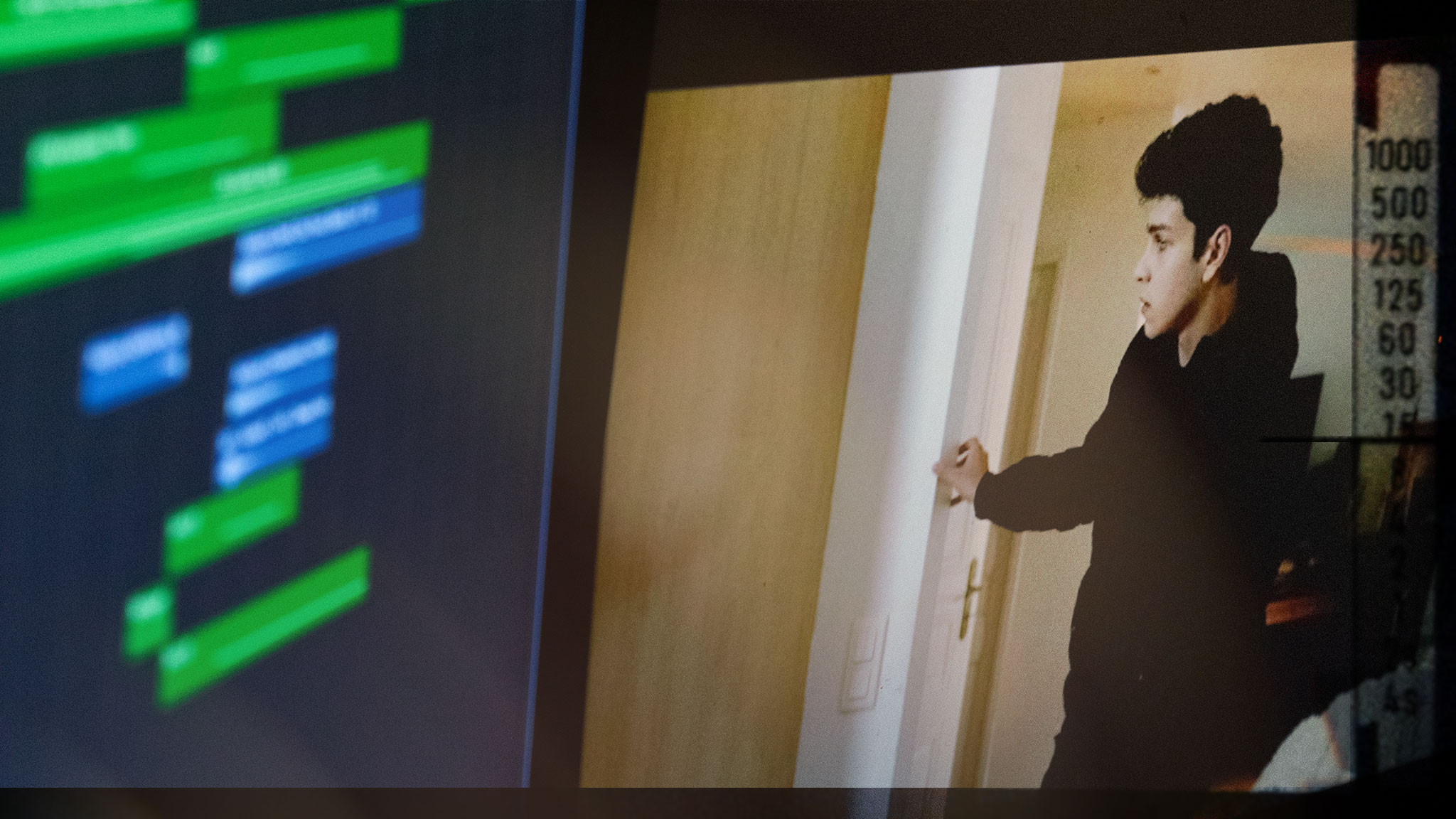March : Work Recap // What I Did This Month
March : Work Recap
I can’t believe March is already over and we’re nearly thirty percent through this year. Let’s talk about the things I worked on last month, and my approach with some new challenges.
On The Music Industry Side Of Things
March was full of new experiences and opportunities, from writing for new publishers all the way to tackling customs. To say this month was busy would be an understatement. Throughout this whole month i’ve been focused on writing music for some new publishers that had contacted me back in February. Writing for these labels hasn’t been easy because they definitely have very high production standards for their music so it’s been a back and forth battle of making adjustments to these songs based on revision notes. Nothing out of the ordinary for publishers though. I mean after all, they do want to feel confident enough with your music to pitch it to editors right? Aside from writing library tracks I did take on a couple of customs this month, and that experience has been different for me too. Most of my experience with customs has been to write an original piece of music that follows a certain reference in a short window of time, but this month I was asked to write trailer covers. Now I’m sure 99% of you reading this know what trailer covers are, but for the small majority that have no idea what i’m talking about. Trailer covers are when you take popular songs and rearrange/remix those songs to not only fit a trailer cue, but you also add trailer SFX to them trying to make them sound massive for the big screen. It’s a pretty popular trend right now to see covers within a movie trailer.
So for those of you interested in trailer covers, I’ll go a bit in depth to what the process was like. Now I don’t know what I am allowed to say, and what I’m not allowed to say - So i’ll keep it simple and I won’t say what songs were used or what trailers these tracks were being pitched for. Just better to play it safe so nobody gets in trouble.
Anyways, so I had to opportunity to make two different trailer covers this month and both customs where very different experiences for me. On the first custom I was given a track to trailerize for a pitch, and with this track I was also given stems to the track courtesy of the artist’s label. With these stems I was really able to dive into the track and split things up giving me more control over the piece of music I was writing. I was given the brief on a Friday and my deadline was by Monday morning which is a pretty lenient amount of time to write a custom. Most times you won’t have nearly as much time to write a custom, so it was a nice weekend project for myself. Ultimately I think my publisher was happy with what I had written, but they did mention that I played it a little “safe”, and that next time I shouldn’t be afraid to get a bit more crazy with things, but it’s all a learning experience and you’ll never know what could happen - Maybe I’ll get lucky this time around! I’ve been told that 99% of customs a composer writes will end up not getting placed in a trailer, but that 1% ends up being a very big win for publisher and composer. So I think it’s important to not get too caught up in the idea that your tracks will place - instead just focus on writing the best music you can with the amount of time you have, and learn from your losses. As cliche as it is to say, a failure is only a failure if you don’t learn something for it and that’s extremely true in this line of work.
On the second custom written, I didn’t have the luxury of having the stems from the record label. Instead I had to write a trailer cover of a track using only the full mix of the song I would be remixing. Let me just say right now that that process was a lot more challenging because you’ll feel way more limited with what you’d like to do - not to mention that the tempo for this track was completely whack. Pro tip for Logic Pro X users that saved me hours of time - If you’re dealing with reworking a track that has tempos that range all over the place, use the beat mapping tool to get the tempo adjusted. Use the “Beats from Region” option under beat mapping. This will analyze the track’s transients, and make tempo adjustments to fit the project you’re working with. It’s not 100% perfect, but it’s a huge time saver and gets you a lot closer to getting your work done. The deadline for this custom was less than a day so I’m very thankful that the beat mapping tool exists out there - I really hope most DAWs have a similar option!
Look how crazy those tempo changes are within a matter of a few bars of music!
Podcast
This month’s episode of The Thought Collective Podcast took place at the Epyon Royal HQ. Epyon Royal is a Detroit-based apparel company founded by Tim Bagwell, and has been in business for over ten years. I’ve known Tim for years now, and I was very happy I had the chance to sit down, and talk about his business’ growth over the years. This episode is the longest episode I’ve got so far, but I think there’s a lot of interesting things to hear from Tim. Not only do we talk about starting a company and keeping it sustainable, but we also talk about completely unrelated things such as scary movies, pogs (90’s toy), and the music scene. So I think there’s a lot there for everybody! I highly suggest you check this episode out (There’s a discount code hidden somewhere in the episode if you decide you’d like to buy something from www.epyonroyal.com
If you’re interested in listening to previous episodes feel free to follow the podcast on both apple podcasts (iTunes) or Spotify. Just click the icon to listen!
Inside Look at Epyon Royal HQ
In Closing
March has been a great month, and I look forward to the work April will bring. I’ve been enjoying writing down short recaps of what I do each month, and I really appreciate those of you who take time out of your day to read these. In the coming months I’d really like to start working on some personal projects that I’ve been thinking about. Projects that I think could help this community in some way - with last month being so focused on sound design I thought it might be interesting to post short little tutorials on this website on how to make certain sfx. Let me know if this is something you’d be interested in, I know i’d really want to bring value to you guys that take time to follow what I’m up to.
Thanks again for reading guys, I look forward to seeing you guys next month.
Instagram: https://www.instagram.com/grantborland/
Twitter: https://twitter.com/grantborland
